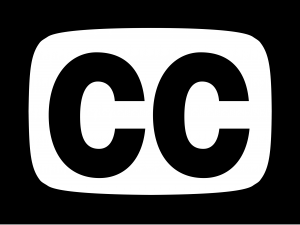Rebranding guidance for comms pros
Make sure your new image matches your business strategy, and prioritize employee feedback every step of the way.

Moving forward with a rebrand is a tough decision to make.
Not only does it take time, money and resources, but you’ll also need to get organizational buy-in. That said, it might be absolutely necessary for your company to rebrand.
Signs you need a rebrand
Let’s be honest—if you work with a brand day in and day out, you might get a little bored with it. A good way to tell if you really need to rebrand is to step back and assess if your company has experienced a big change moment. That could include:
- A change of leadership (such as going from one generation to the next in family-owned businesses)
- An acquisition (or divestiture)
- A major product launch that broadens your category or market reach
- A business strategy shift
Of these moments, the hardest to pinpoint can be a business strategy shift. If you’re not sure whether your own company has experienced this, ask yourself, “Does our brand strategy reflect our business strategy?”
If the answer is yes, then your brand elements such as positioning, benefits, messaging, tone and visual identity should all be aligned with your target audience and vision for the future. If the brand is out of sync with your business strategy, it might be time for a rebrand.
The steps to reimagining a brand
The rebranding process should always start with research. Operating purely on assumptions is a dangerous game that can lead to a brand identity that feels phony. Finding the truth of a brand is central to the entire process, so gathering different perspectives from internal and external stakeholders helps form an identity that’s genuine.
Understanding the external and internal perceptions of the brand
How does your team describe the brand? How does your audience describe the brand? Is your audience hearing what you’re saying, or is something getting lost in translation?
With brand research—interviews, surveys, etc.—you must gather both internal and external perspectives. That way, you can pinpoint what’s resonating and what isn’t.
Competitive audits
One of the biggest strengths of a brand is how it stands out from the crowd, and that requires a deep understanding of the competition. Make a list of your competitors and note how they’re positioned, who they’re targeting, and how they’re communicating their brand to the world. This allows you to uncover what’s “popular” in your market and—more importantly—where there are gaps that your brand might be able to fill.
Creative refresh and visual identity
When it comes to brand, this is the part most people skip ahead to. Admittedly, it’s one of the most enjoyable and rewarding parts of the process. Once you have a clear understanding of your brand, it’s time to bring it to life. This is the part where a great creative team comes in to design a look and a personality that feel true to the foundation you’ve set.
A rebrand is a long, emotional journey—but often, a journey that’s worth it.
Tiffany Sauder is the CEO of Element Three. Read more of her work on MediaPost.






